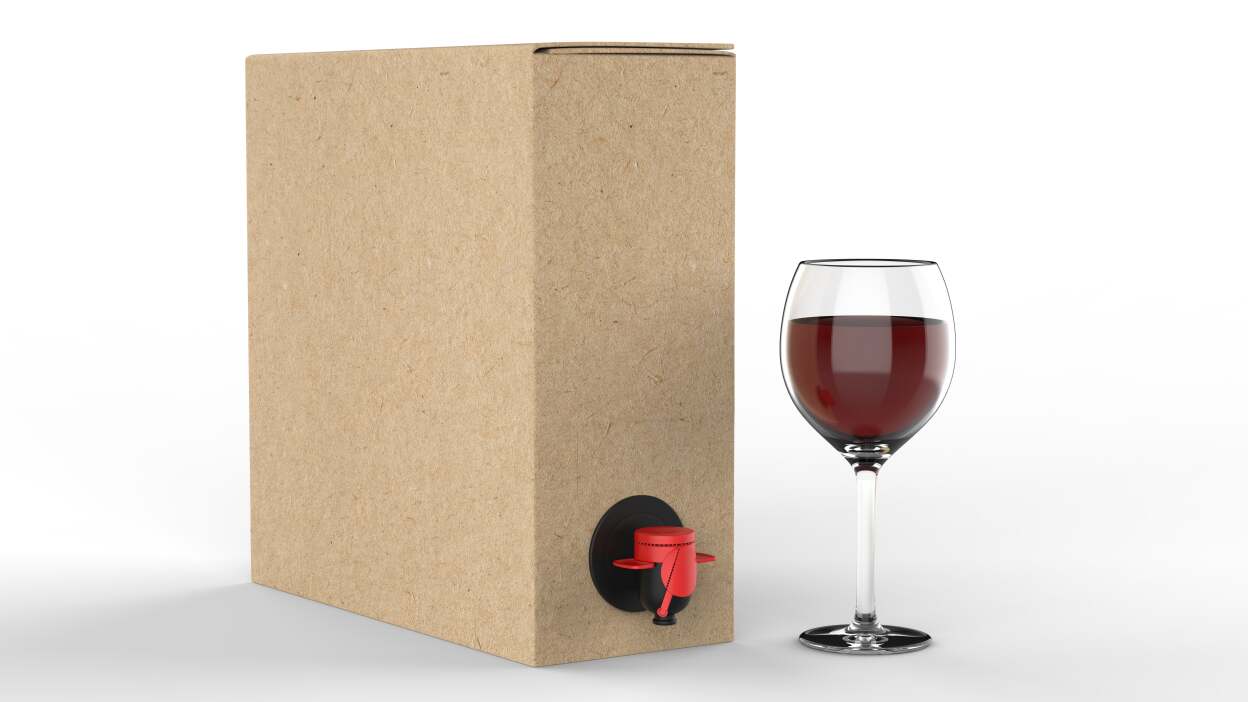В прошлом иногда называли Bag-in-box как Guon Sacks (сокращение от Flogy в австралийском языке), кувшиновое вино или бомбное вино (Steeman, 2015). Тем не менее, со значительными улучшениями в материалах мешковых мешков, лучших укладках, утонченном маркетинге и фактическом заполнении мешков с соседним вином, Bag-in-Box теперь вступает в свои собственные (Prestipino, 2015).
Во Франции в холодильнике особенно популярна мешок с розовым
Лето (Colman, 2009), они являются популярным контейнером, в котором можно приобрести вино в Италии (Cravero, 2016), а в течение последних 30 лет вина в коробках обеспечивало почти 50% вина, потребляемого в Австралии (Prestipino, 2015). Asof 2007, международное принятие установило использование Bag-in-Box на 9% в Franceand UK, 42% в Норвегии, 33% в Швеции и 6% в США (Reeves, 2010).
Неофициальное обследование магазина Safeway недалеко от Сиэтла, штат Вашингтон, показало 15 различных брендов на полках, предлагаемых в ряде разновидностей, в то время как другой в Западной Австралии отметил около восьми различных брендов с хорошим выбором разновидностей. В целом, вина Bag-in-Box составляют около 10% мирового винного рынка (Carvero, 2016).
Есть ряд преимуществ для вин коробки. Во -первых, как
Бочки над амфорами, они экономят в весе по сравнению с вином в стеклянных бутылках. Случай вина в стеклянных бутылках, девять литров вина, обычно весит около 15 килограммов (33 фунта) со стандартными 500 граммами бутылками и 13,8 килограмма (30,4 фунта) с более новыми, более легкими 400 граммами бутылками. Использование стандартных бутылок учитывает примерно половину веса общей упаковки, полной вина. Доставка эквивалента в багин-боксе (три x 3 литр) контейнеров резко снижает углеродный след (Colman, 2009), весом всего около 10 килограммов (22 фунта).
Кроме того, после открытия сумки в коробке, вино останется свежим для
По крайней мере, несколько недель. Это связано с тем, что по мере того, как вино выпущено из Spigot, почти без кислорода не допускается обратно в вино (Routledge, 2016). Вино в стеклянной бутылке также может оставаться свежим, но кислород должен быть эвакуирован с помощью устройства типа насоса или вытеснен с азотом или другим инертным газом.
В мешке в коробке есть свои недостатки. В отличие от бутылок, нельзя увидеть
Количество вина осталось в контейнере. В зависимости от материалов
Включенный в слои сумки, он обычно имеет срок годности от шести месяцев до максимум одного года. Кроме того, существует затяжная клеймо сдерживания вин меньшего качества.
Качество упаковки пакетов варьируется от простого до высокого класса (Colman, 2009). В целом, сам материал для сумки значительно улучшился по сравнению с первоначальными усилиями, как и проекты коробки и литография, граничащих с некоторыми воображением ярлыков для бутылок для вина. Например, Astrapak, южноафриканская компания продает свои мешки в Соединенных Штатах, которая даже напоминает деревянный ствол (Astrapouch, 2018) .

 中文简体
中文简体 英语
英语 西班牙语
西班牙语 俄语
俄语 葡萄牙语
葡萄牙语 法语
法语 德语
德语 意大利语
意大利语



















